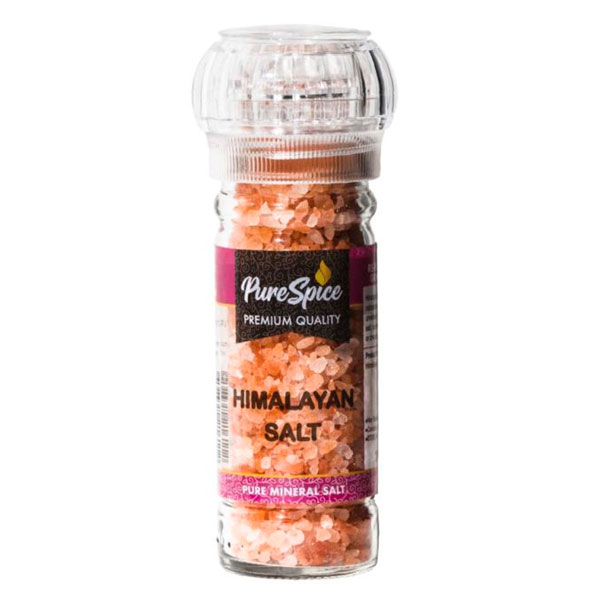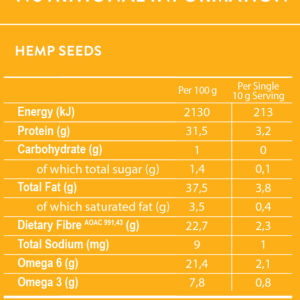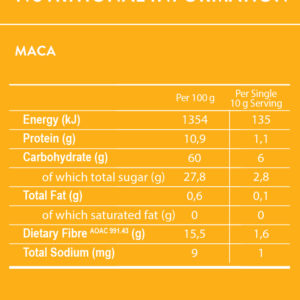Description
A pinch of salt can go a long way in turning an average dish into an appetizing meal that family and friends will love, but it can also be used in in other ways.
USES: Add to your bath, use in a sinus spray or as a body scrub with some health oils.
There are 84 trace minerals in Himalayan salt that all offer various benefits. Here’s a rundown of five of the most important trace minerals in this salt
- Sodium: The body needs it for various functions, as it helps with contracting and relaxing muscles, preventing dehydration and low blood pressure levels and sending nervous system impulses.
- Calcium: It’s heralded for its capabilities in protecting heart muscles, building strong bones, gums and teeth, inhibiting the onset of kidney stones, premenstrual depression and obesity, regulating blood pressure levels and promoting a healthy alkaline pH level.
- Magnesium: This is a vital component of the body’s biochemical processes. Magnesium also plays a role in promoting proper formation of bones and teeth, relaxing blood vessels, enhancing muscle and nerve function, regulating blood sugar and insulin sensitivity and promoting creation of adenosine triphosphate (ATP) or the body’s energy currency
- Iron: It serves in promoting immune system strength and energy production. Iron’s main function, however, lies in hemoglobin production that is an important step in oxygen transportation throughout the body.
- Potassium: Himalayan salt contains higher amounts of potassium compared to other natural and unprocessed salts. This helps your body maintain a balanced potassium-to-salt ratio.





